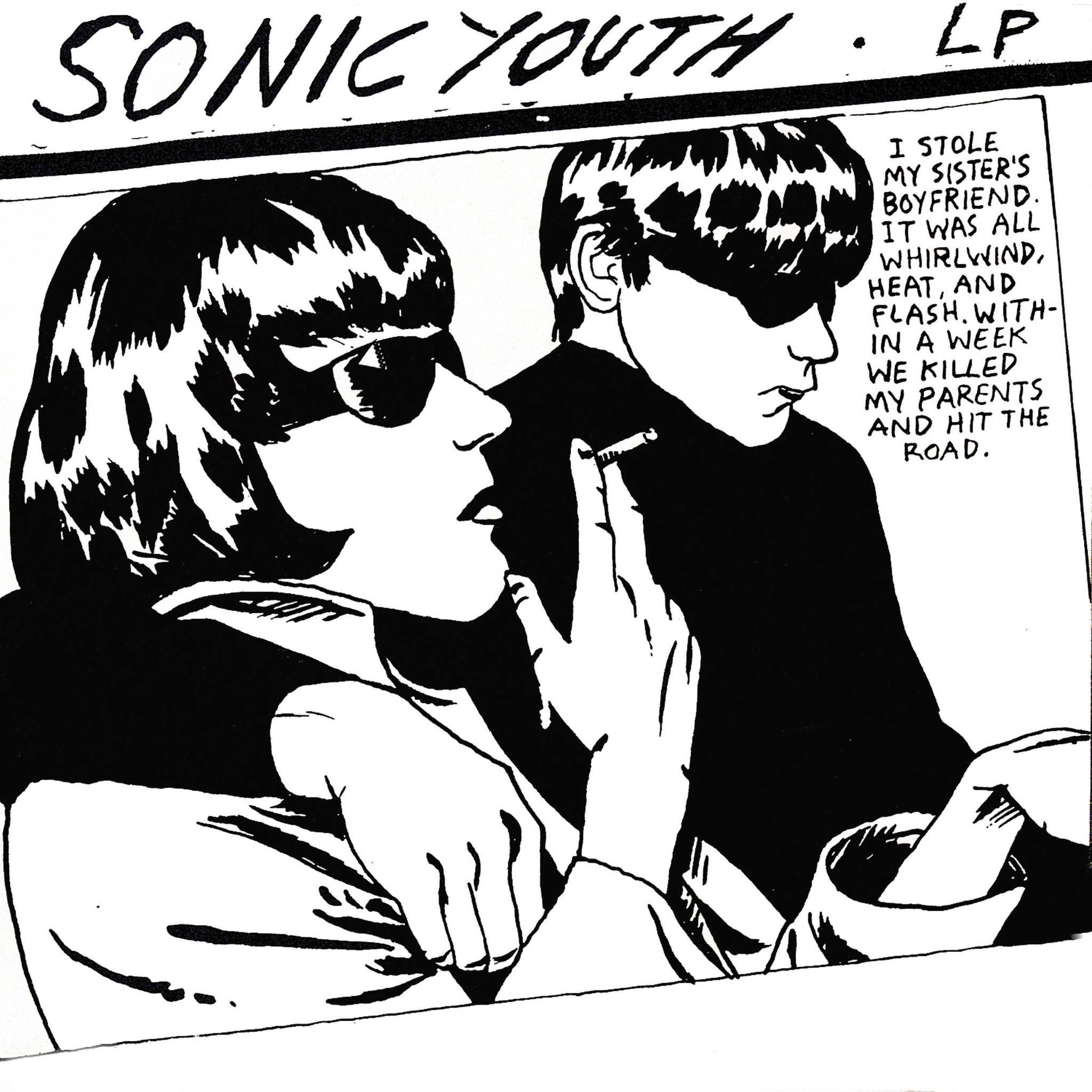Sonic Youth – Goo and the Moors Murders
Sonic Youth made their major label debut with Goo. An indie past was preserved with the inclusion of cover art by SST artist, Raymond Pettibon. The simple black and white drawing looked more like a demo tape than a corporate release.
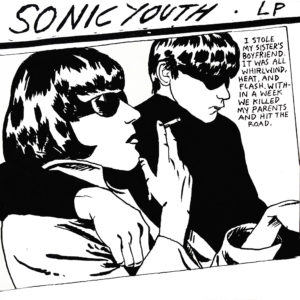
Pettibon’s past work typically used graphic imagery. Goo was comparatively tame. Violence was still present, yet purely textual. Three sentences spun a compelling narrative for two nameless black and white figures.
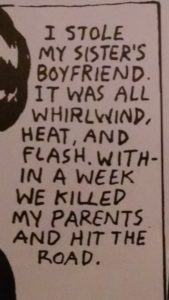
Pettibon’s text added a cerebral component to the mystery couple. Adventures of the road were purposely open-ended. Overactive minds no doubt dreamed up nefarious exploits of psychotic hipsters on the lam.
Fictional imaginings paled in comparison to the true basis of the artwork. The cover of Goo was based on a paparazzi photograph taken from a 1966 murder trial that captivated Britain.
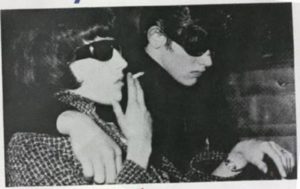
Pictured above are Maureen Hindley and David Smith. Both were key witnesses in the “Moors Murders” trial. Maureen was sister to Myra Hindley. Along with lover Ian Brady, Myra murdered five children and buried their abused corpses in the isolated Saddleworth Moor.
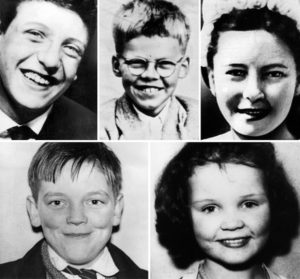

The killers may have never been caught if not for main witness David Smith. The brother-in-law had been invited to the Hindley residence under the pretext of drinking wine. Instead, Smith stumbled upon a murder in progress and was asked to “help.” After assisting the couple clean the bloody corpse; Smith promptly reported the murder to police.
The press sensationalized the trial by printing lurid details of the murders. News of physical torture and sexual abuse infuriated the public. Myra Hindley was branded “the most evil woman in Britain” and Ian Brady was later declared criminally insane.
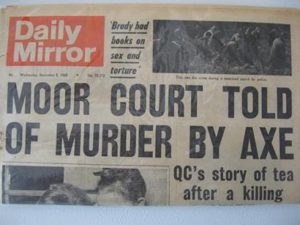
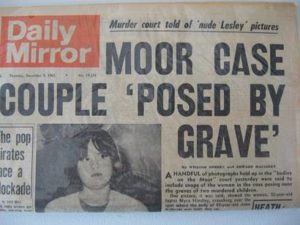
The most jarring details involved a suitcase belonging to the couple. Inside were nude photographs of a 10-year girl and several books about torture. More disturbing, the couple had made an audio recording. The 16-minute tape was played during proceedings as the court listened to the child’s final moments.
All in all, pretty brutal stuff for a Sonic Youth record. The iconic cover art has since become the source of countless comedic parodies. Yet, the basis of Pettibon’s iconic art is anything but funny. Goo may have been a major label release but Sonic Youth would continue creating art on their own terms.

